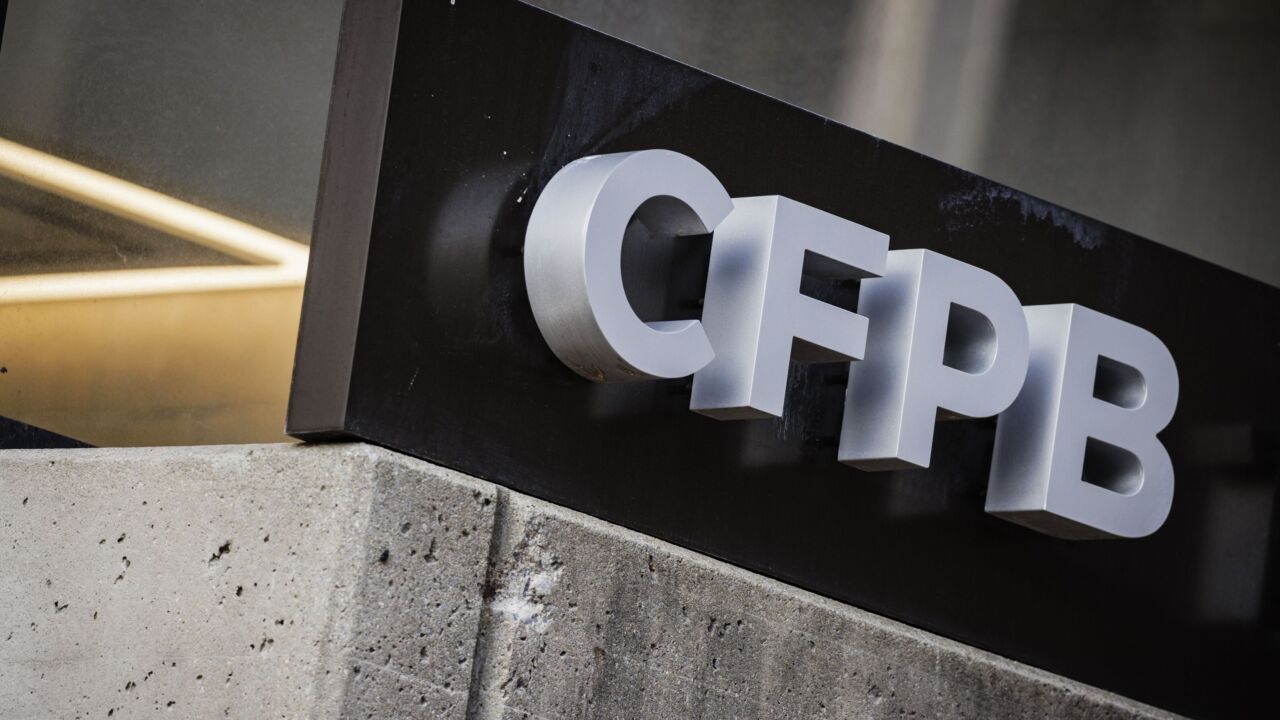Bluetooth beacons — small nightlight-sized devices that can communicate with a mobile app as shoppers move throughout a store — may have the same potential for bank branches as they do for mega-retailers like Target Corp.
Shoppers who download Target’s app can receive product suggestions and coupons as they walk from aisle to aisle, much like shoppers at Amazon.com get suggestions based on their browsing. Financial institutions are just as eager to benefit from this type of shopping data to connect with customers that are making fewer trips to their branches.
SAFE Credit Union is one of several financial institutions piloting beacon technology from NCR Corp. The Sacramento, Calif.-based credit union began rolling out some features in early 2015. Initially, to test the beacon’s connectivity with mobile devices, the credit union’s first steps were to send customers simple surveys to answer.
"We wanted to see if members would have a higher engagement point if they were asked to take a survey just after their experience," said Tarrah Palomino-Prim, SAFE Credit’s vice president of applications and eCommerce.
The beacons sent an alert to customers as they exited the branch, prompting them to take a survey on their smartphones. The credit union experienced a 12% response rate when using beacons, whereas their paper format typically yield 8% to 10% returns. The early results showed the helpfulness of timely, relevant messaging, Palomino-Prim added.
The second phase involved a prepaid campaign to test how many customers would walk into a particular location.
"As long as our customers know that they had the control to turn the services off and on, our consensus was people really valued some of the services we were testing," said Palomino-Prim, who noted that credit union will commit to using the beacons permanently.
NCR is working with several companies to test this technology's potential to personalize branch visits and offer product pitches to customers as they wait in teller lines.The Duluth, Ga.-based NCR provides beacons that alert branch employees when a certain customer has arrived and simultaneously sends targeted messages.
NCR's concept for beacons also provides a way for merchants to communicate with the financial institution's consumer base, said Brian Bailey, vice president of software and strategy for NCR financial services.
"[In] our pilots, we’ve also enabled those location-based services to, let's say, allow a merchant who partners with that financial institution to offer a discount or a service when a consumer is near their store," Bailey said during NCR’s Investor Day at the New York Stock Exchange last week. "So this is really where we can begin to connect retailers and merchants."
Looking ahead, NCR projects that retailing and banking will focus on greater differentiation of the customer experience. Based on initial pilots, NCR has seen nearly 60% of customers opt into the beacon service, Bailey said.
NCR's approach is fueled in part by its 2013 purchase of
"This is information that creates an opportunity for a conversation with a customer," said Jed Taylor, NCR’s vice president and general manager of community financial institution solutions. "I think as we move to more automated and self-service technologies, where the banks are beginning to lose that connection with their customers, they want to have that connection because that’s how they get sales revenue in service."
NCR isn't the only vendor offering this technology to banks and credit unions. Its rival Diebold Inc. promoted a concept
New York-based Avanade, a consulting firm that guides clients toward digital solutions and innovations, had observed a broader adoption of beacons among its customers the past couple of years, following a greater push for the technology when Apple released iBeacon functionality in 2013.
Avanade regards the use of beacons as a good way to enhance customer and employee experiences that will expand beyond the retail stores, from banks to warehouses to theme parks, said Jim Olson, Avanade’s senior vice president of the New York Metro region.
"We see financial institutions are very interested in providing a great digital experience for their customers, and they see beacons as one set of technology to help achieve it," Olson said.
Whether banks and credit unions use beacons more widely depends on the type of experiences they want to deliver, Olson added.
Some banks pair beacons with ATMs to provide customers with personalized experiences even when the machine is far from a branch. Further, the potential for bank-retailer partnerships goes both ways, such as providing an offer to cardholders if they use that issuer's card to shop at a partner's store, Olson said.
"Financial institutions have even more opportunities than retail stores to think about ways they can touch their customers," he said.





